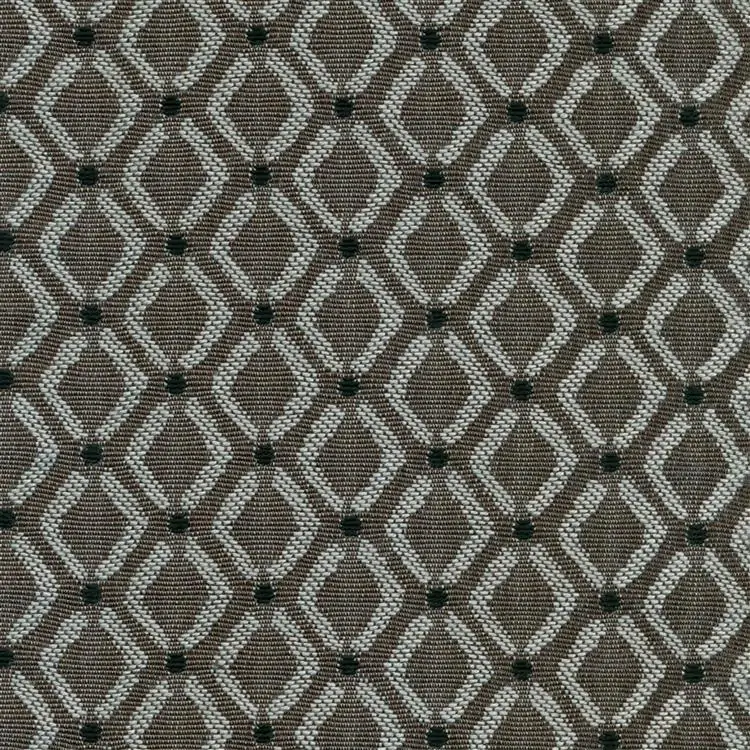

HIPER***
About optical illusions on the fabric
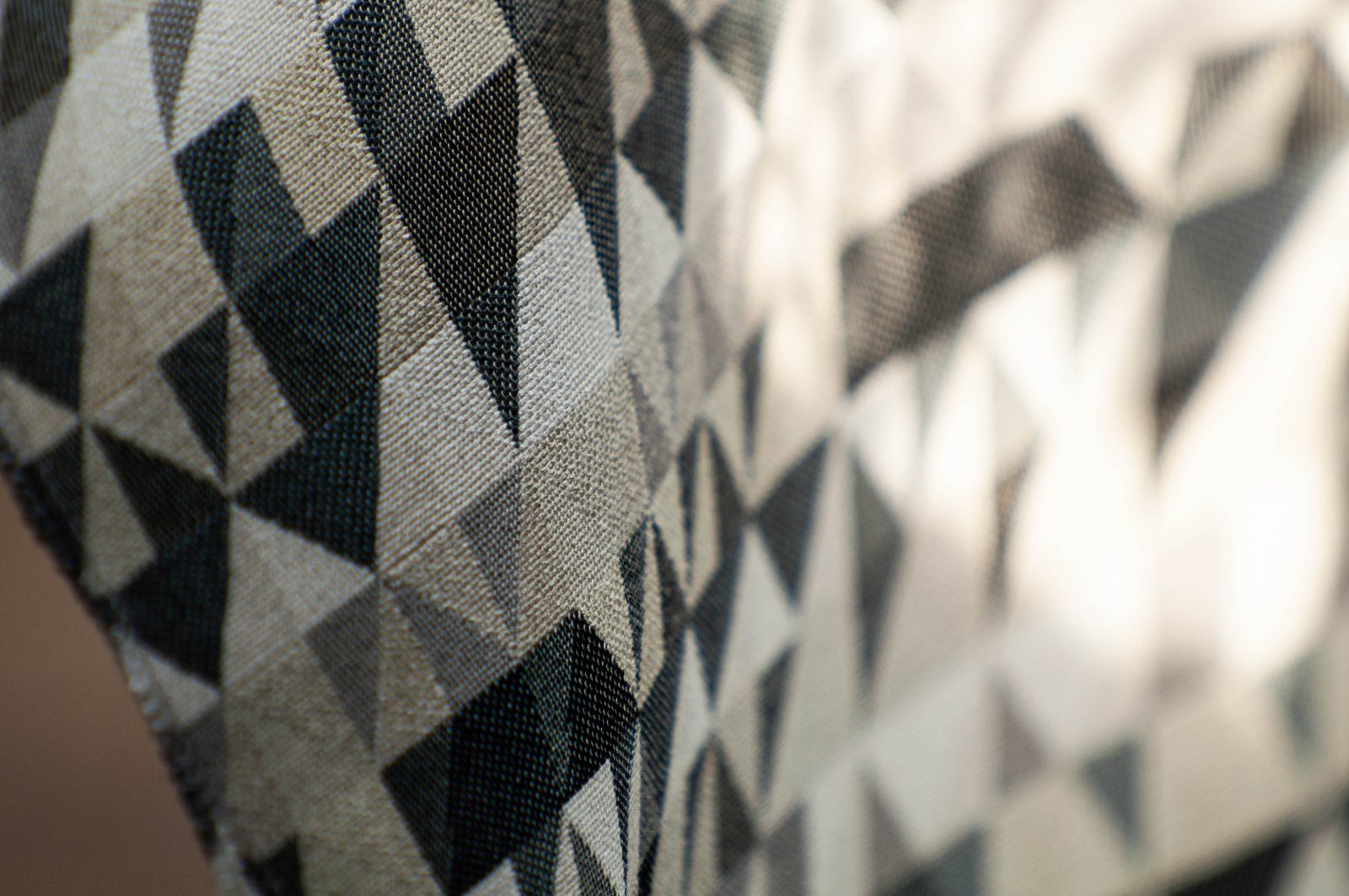
Op art (optical art), otherwise known as visualism, is a direction in art and design which aims to influence the eye rather than the intellect or emotions of the viewer. It uses abstract combinations of lines, producing geometric optical illusions, as well as light, colour and textural effects, aiming to create the impression of three-dimensional depth and vibration of the field of view.
The 1950s and 1960s are considered to be the peak period of op art, when it became very popular and significantly influenced other creative disciplines. Visual experiments initiated at that time have been continued to this today, both in art and the design of commercial products.
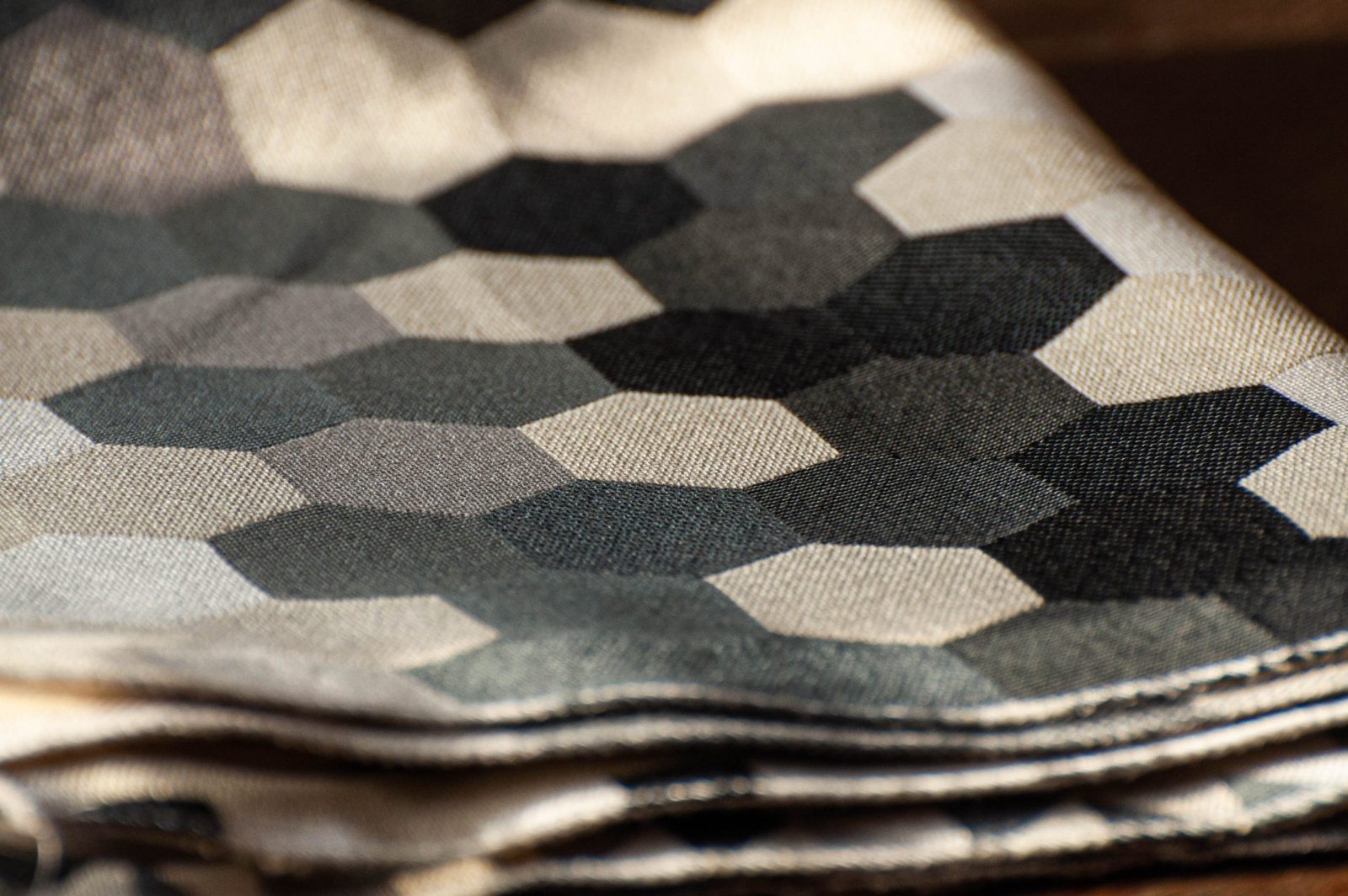
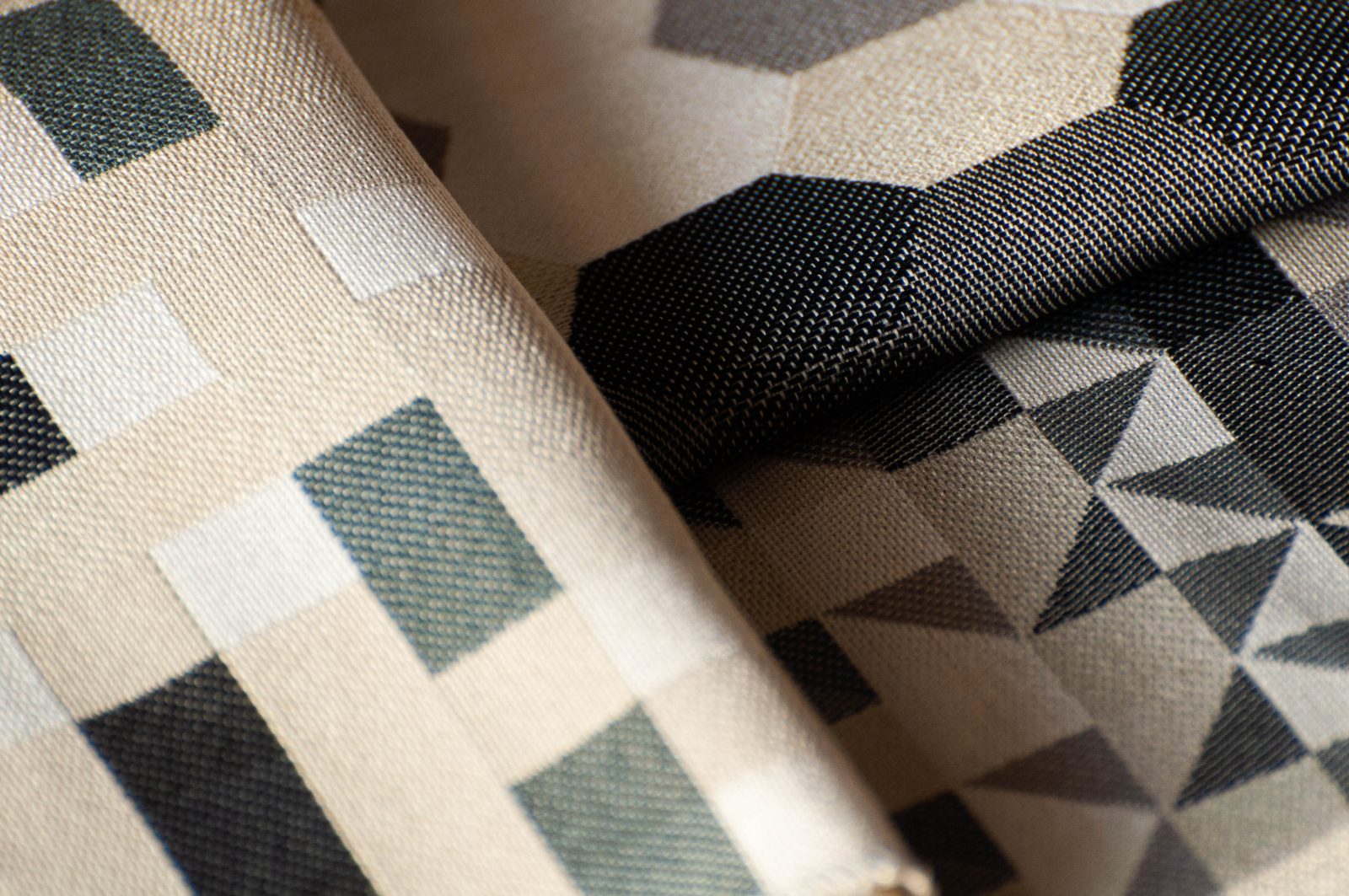
Abstract patterns, composed of repetitive geometric figures, are usually considered op art. They often resemble the effects that can be seen in a kaleidoscope. Just as the creators of op art like to draw the viewer into a game of illusions, guiding his or her eye along intersecting lines, op art patterns decorating contemporary objects or materials pretend to have three-dimensionality or even vibration or the movement of planes. Because of their mathematical nature, they are often created with the help of a computer, and their purpose is not so much to confuse or surprise the human eye as to visually enhance and deceptively ‘move’ the plane.
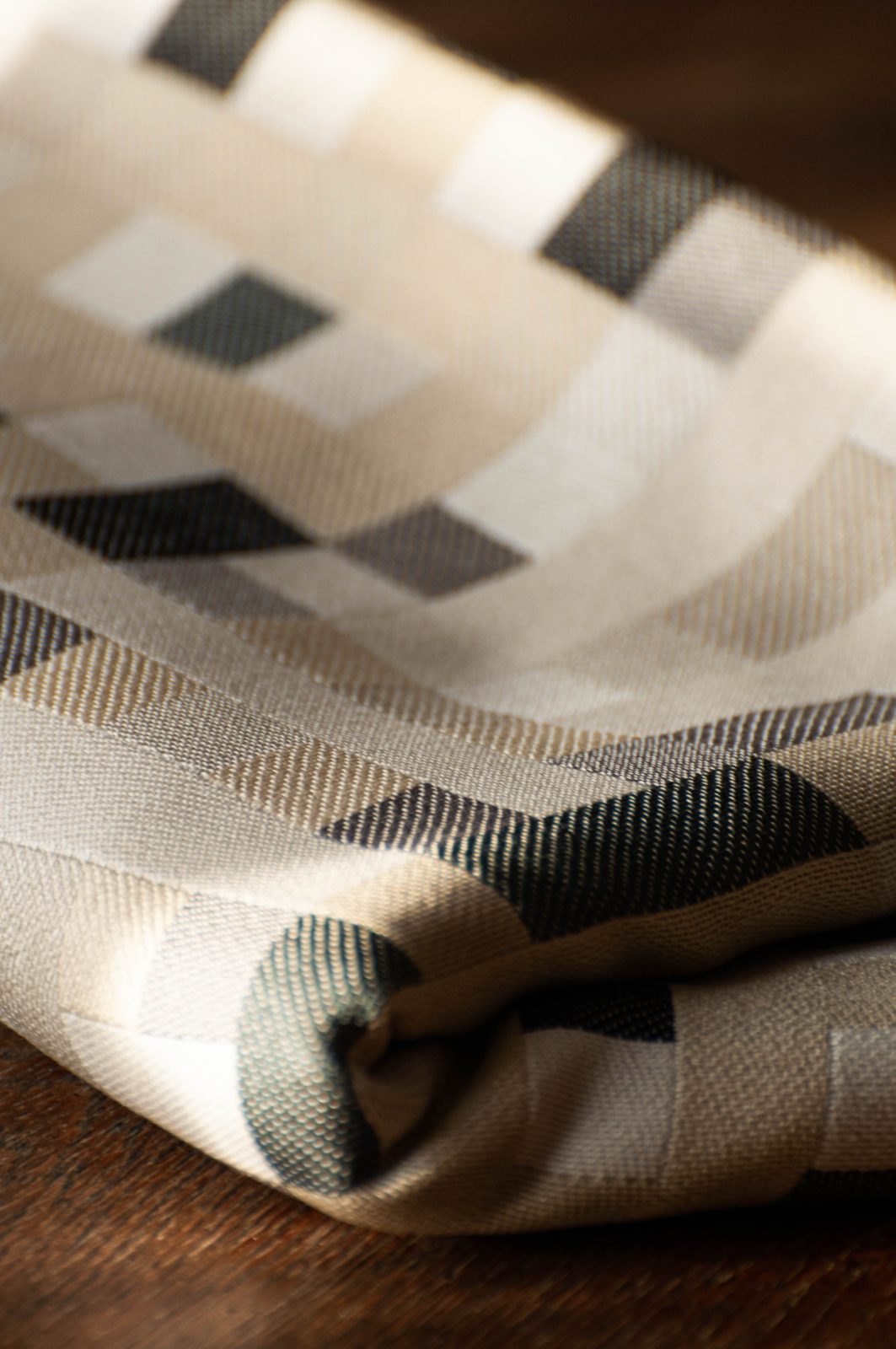
Abstract patterns, composed of repetitive geometric figures, are usually considered op art. They often resemble the effects that can be seen in a kaleidoscope. Just as the creators of op art like to draw the viewer into a game of illusions, guiding his or her eye along intersecting lines, op art patterns decorating contemporary objects or materials pretend to have three-dimensionality or even vibration or the movement of planes. Because of their mathematical nature, they are often created with the help of a computer, and their purpose is not so much to confuse or surprise the human eye as to visually enhance and deceptively ‘move’ the plane..
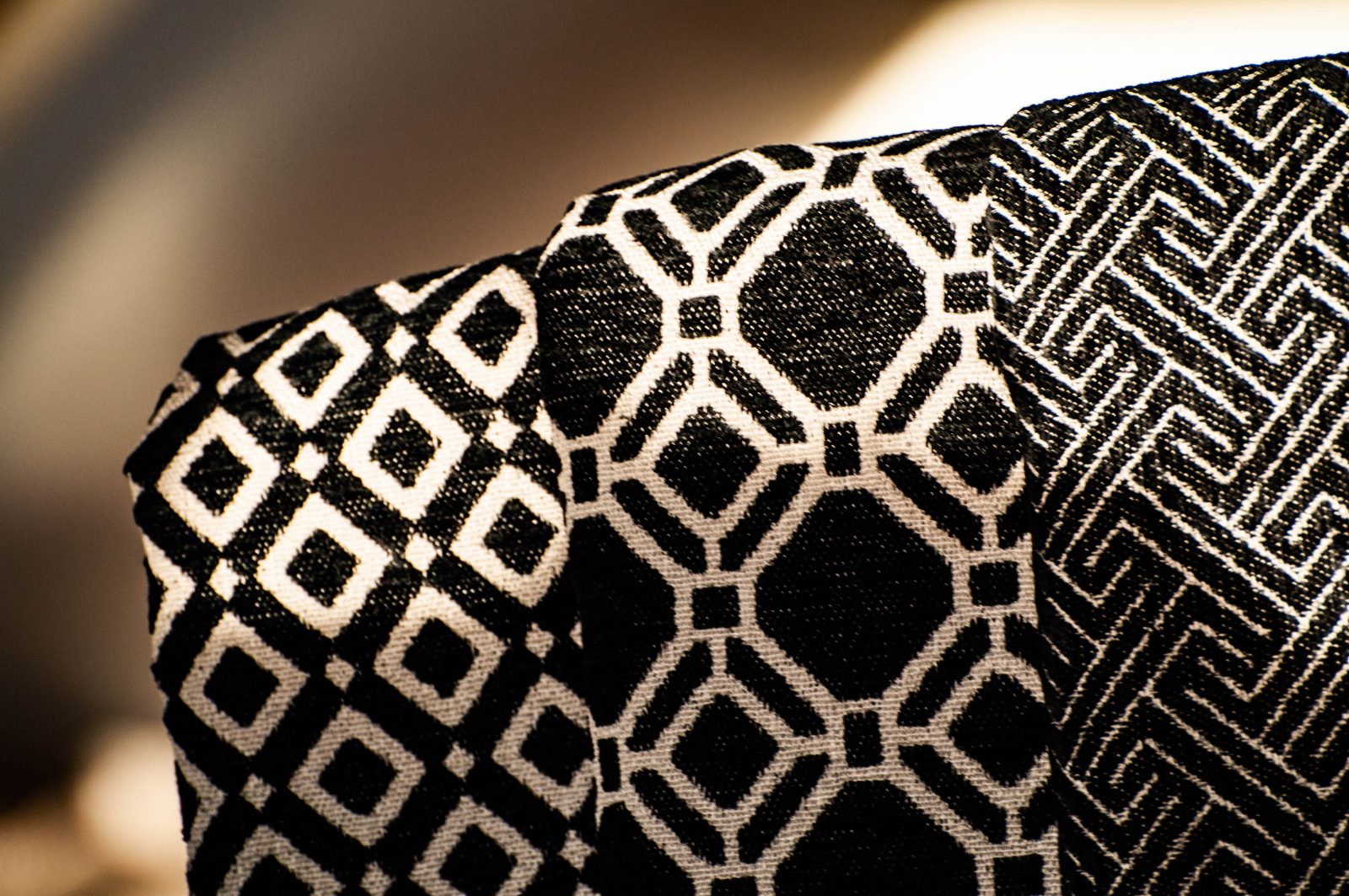
Textile planes decorated in this way often make us doubt our sense of sight and wonder whether we really should trust what we see. Is the convexity in the fabric real and does it result from the weave and the quality and thickness of the fibres, or just from the fascinating optical illusion?
Fabrics with different textures use repetitive shapes, as well as contrasting colour combinations, e.g. black and white, black and red, black and grey or brown and beige.
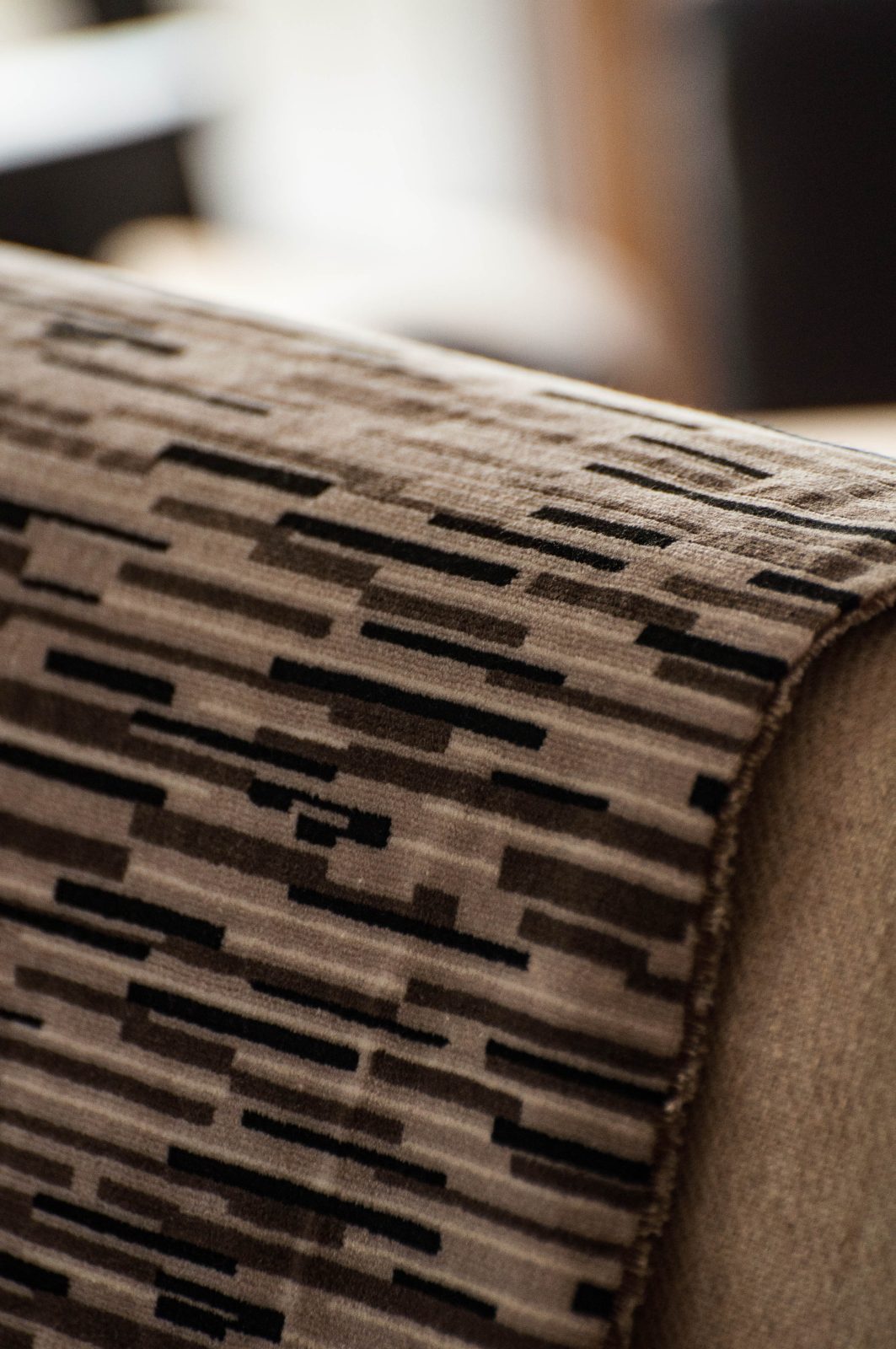
In more delicate weaves, geometric solids are drawn with an incredibly precise line, and in thicker and more textured ones – they additionally take on a real 3D dimension.
Abstract, op art patterns gain additional value when the fabric is set in motion by air or when we and look at it from various angles, changing our position. They often present an image seen from several perspectives at the same time, with refracting lines, perspective distortions, and ambiguous horizontality and verticality.
In combination with the fibre structure, patterns based on contrast, repetition, modularity, broken symmetry, ambiguity or mirror reflections often yield the impression of mesmerizing texture, dynamics, and depth.
Optical art also involves the study of visual illusions in the colour reception, associated with movement. The principle of reflexes and simultaneous colour contrast is most often used in colour compositions. Reflexes are the result of e.g. the neutral colour (grey) being placed next to the primary colour and seemingly (visually) being tinted into the complementary colour. The pulsating, flickering impression is created by juxtaposing areas of contrasting colours, identical in shape and size, which do not differ in their value tension.
When translating these phenomena into the language of textiles, it is helpful to understand the fabric structure in the textile construction, which is based on the interweaving of weft and warp threads, where each yarn may be of a different origin and colour. The optical illusion and creation of apparent three-dimensionality and movement in the fabric is enhanced by the use of contrasting, distinctive colours in the weave. This is what determines the multicoloured shine of silk or polyester taffeta and velvet, which under the influence of light falling at a variable angle flicker in several colours at the same time.
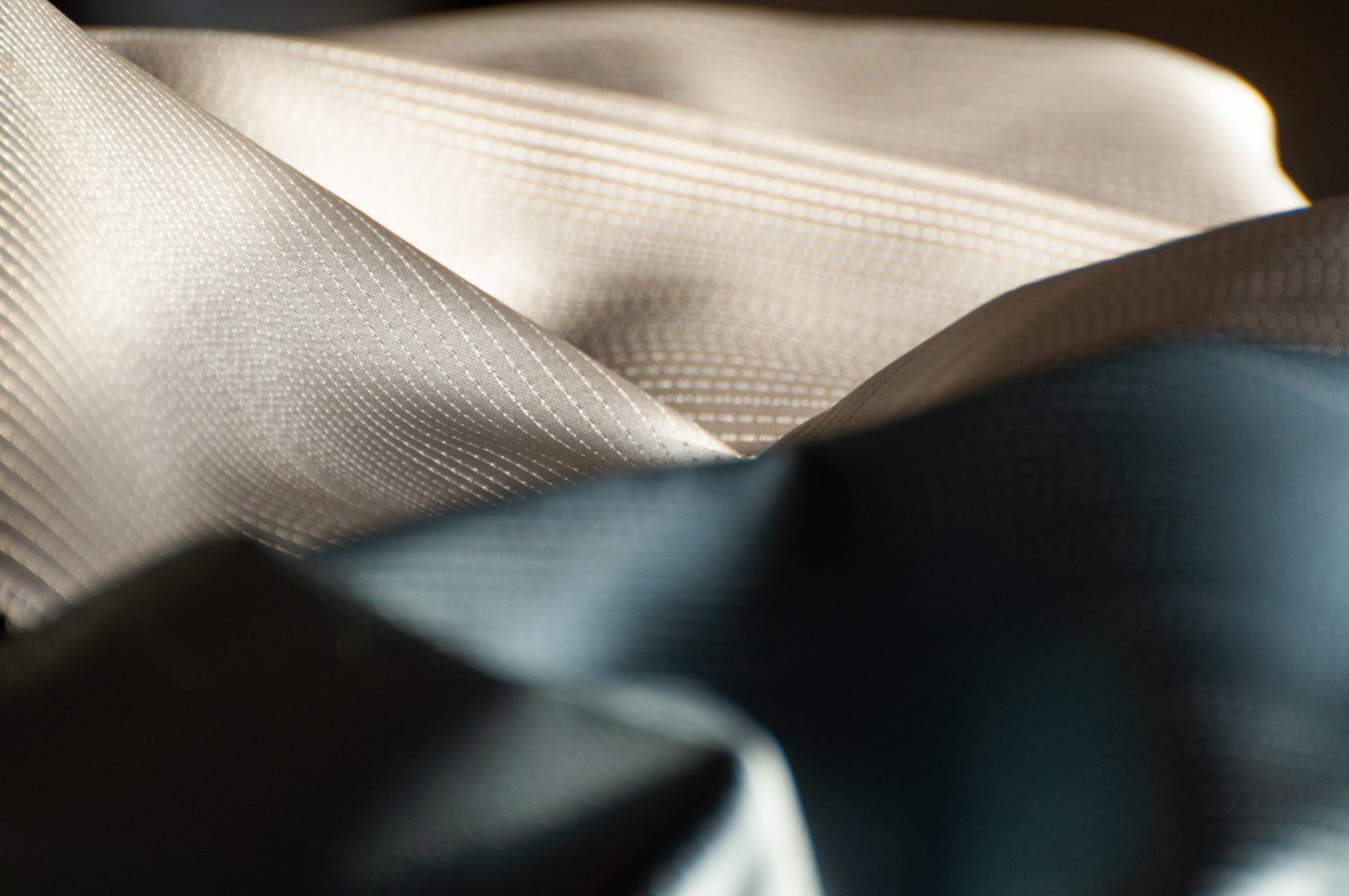
Patterns based on the op art principles are still very popular today. This is mainly due to the visual fun in recognizing patterns, flashes, vibrations and deformations. This style has also been used in interior design. Its elements are designed to enliven space and produce the impression of movement. “Moving” compositions, visual puzzles or figures intrigue, arouse curiosity, and allow you to forget the world.
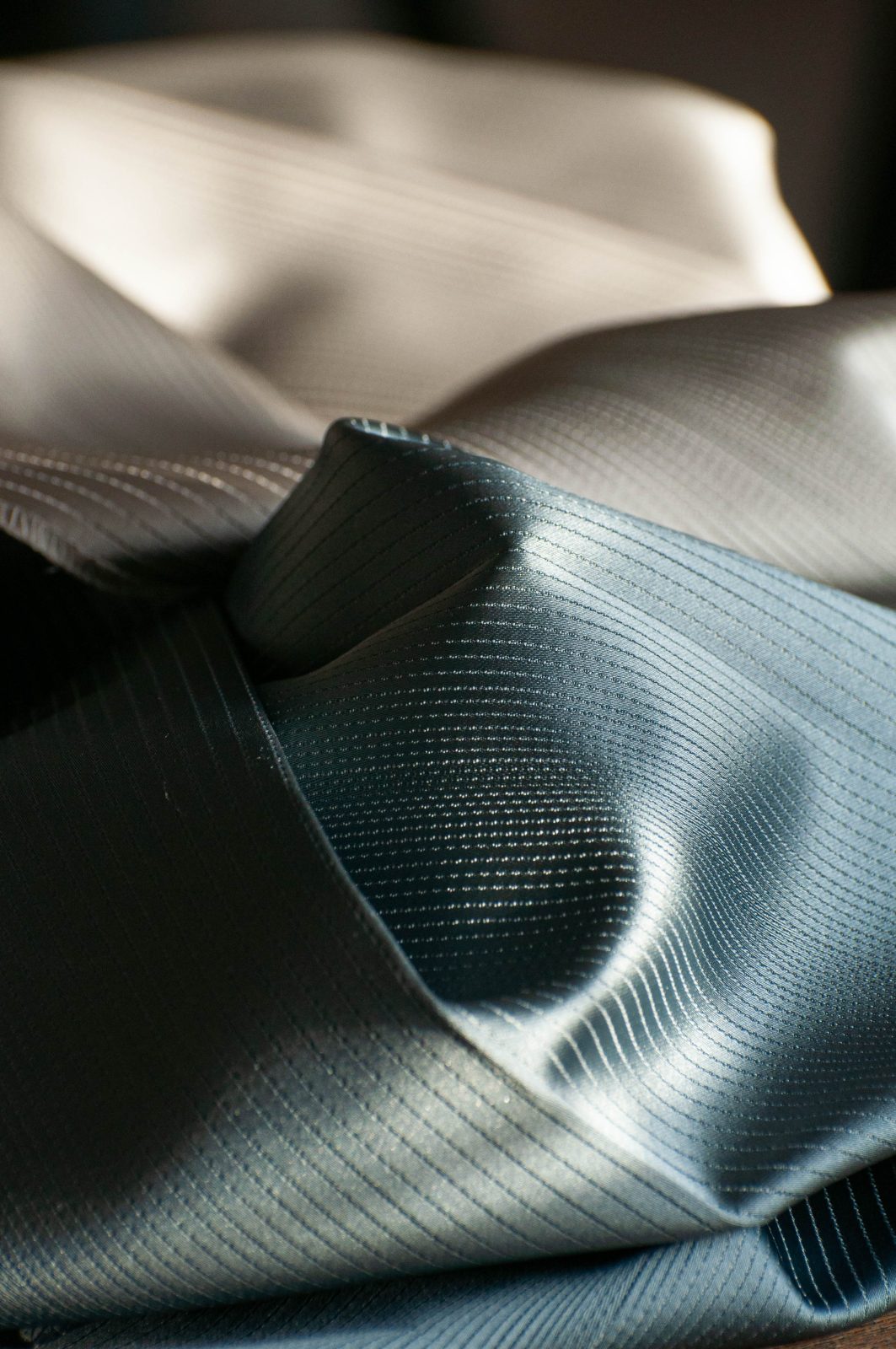
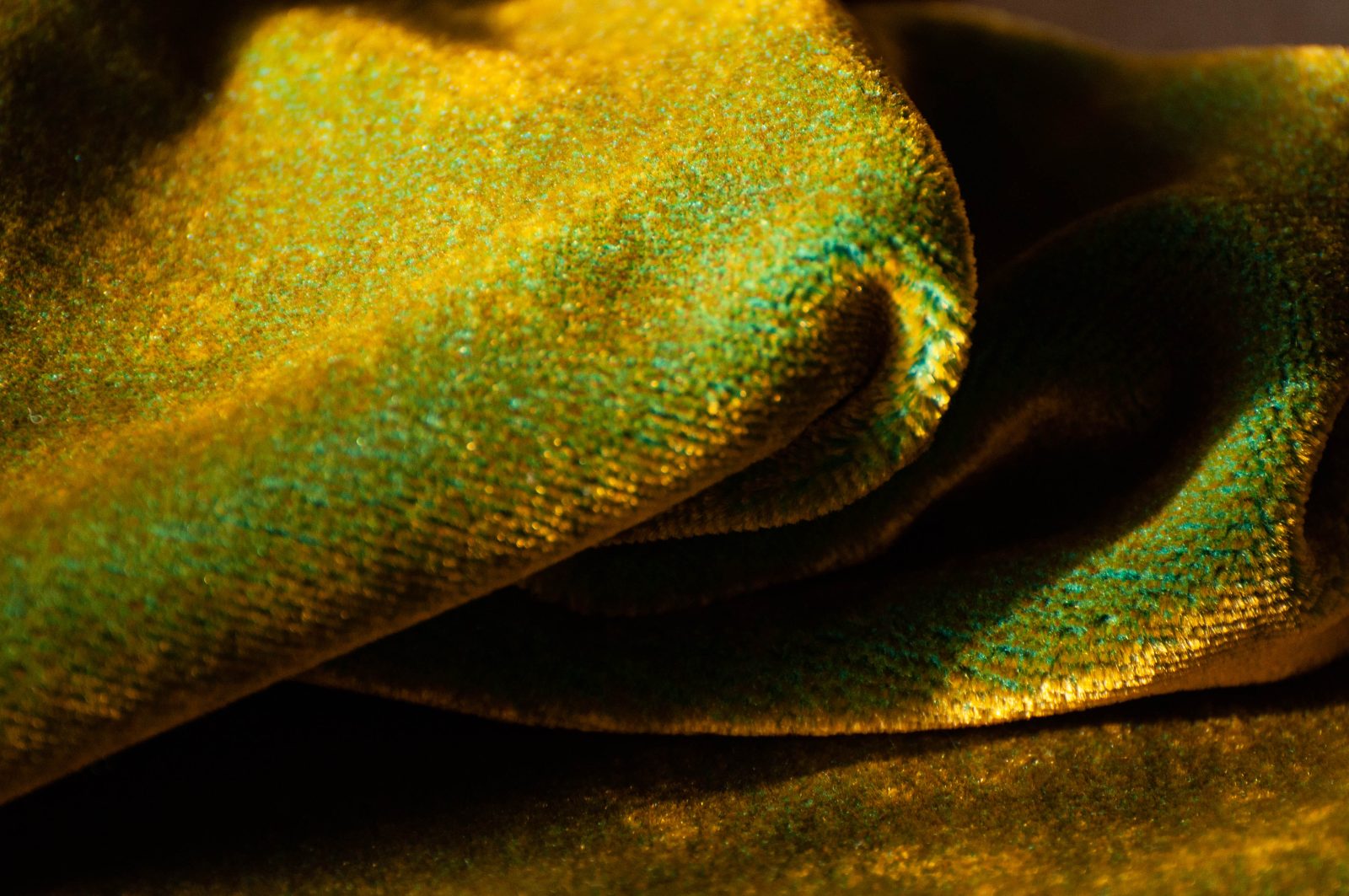
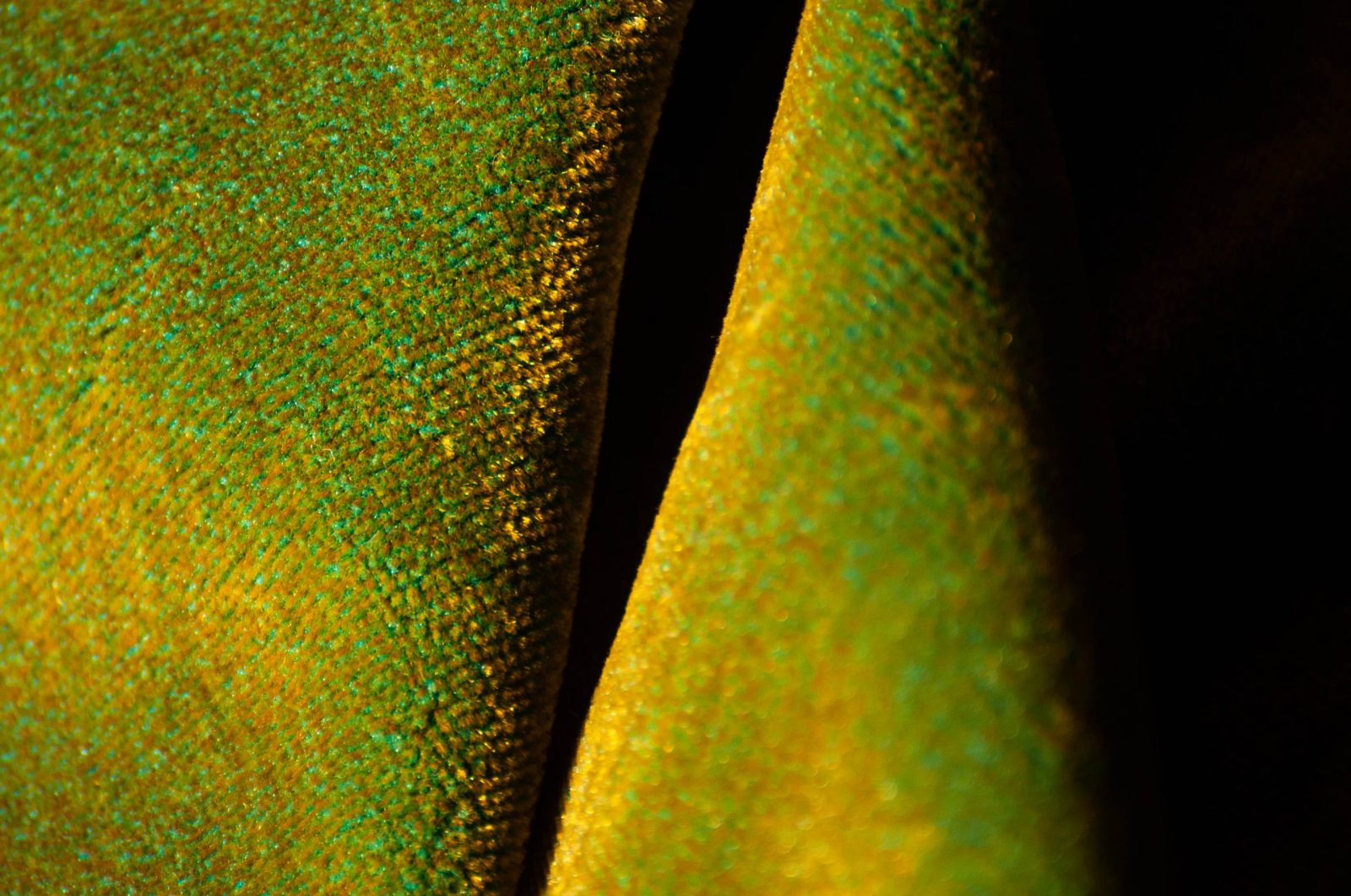
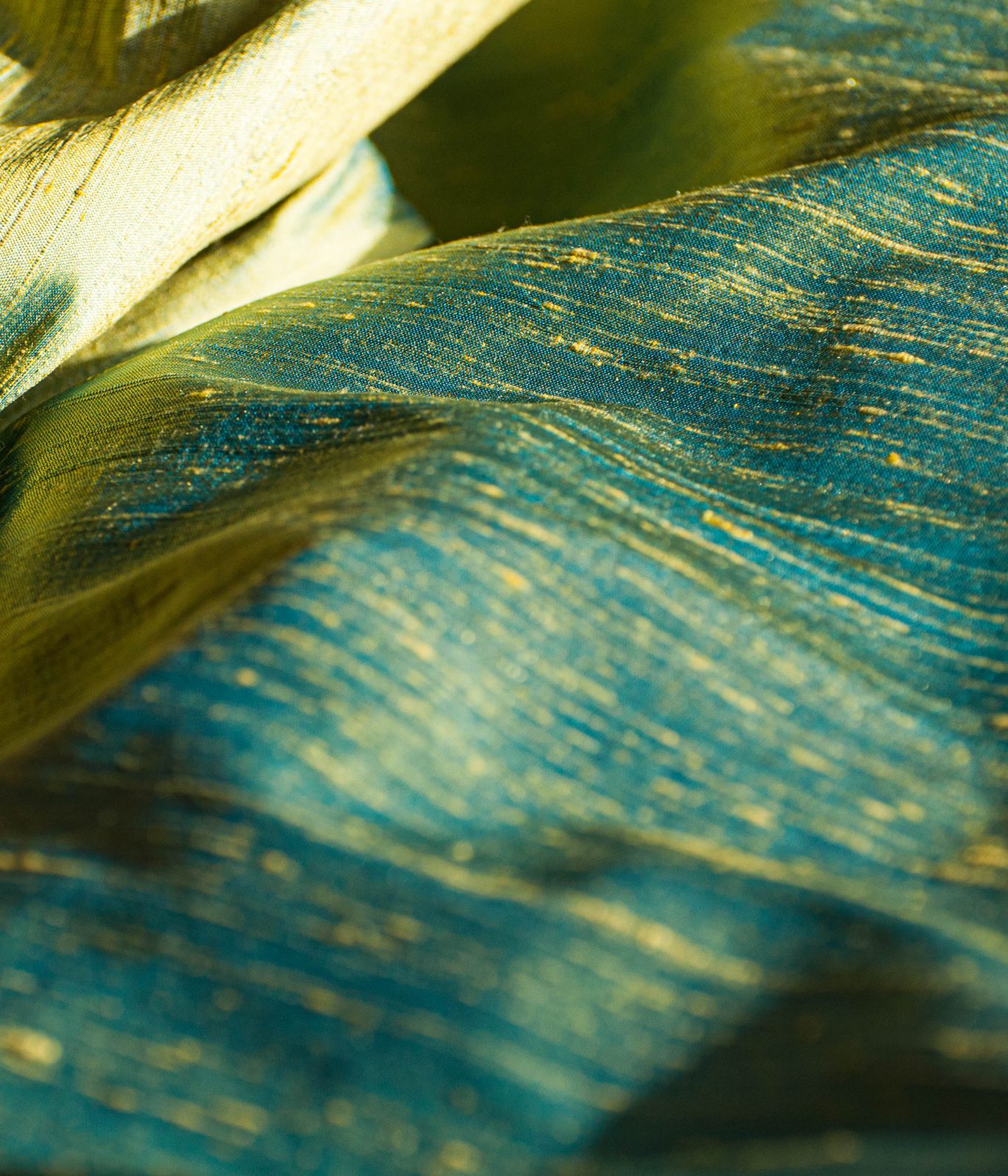
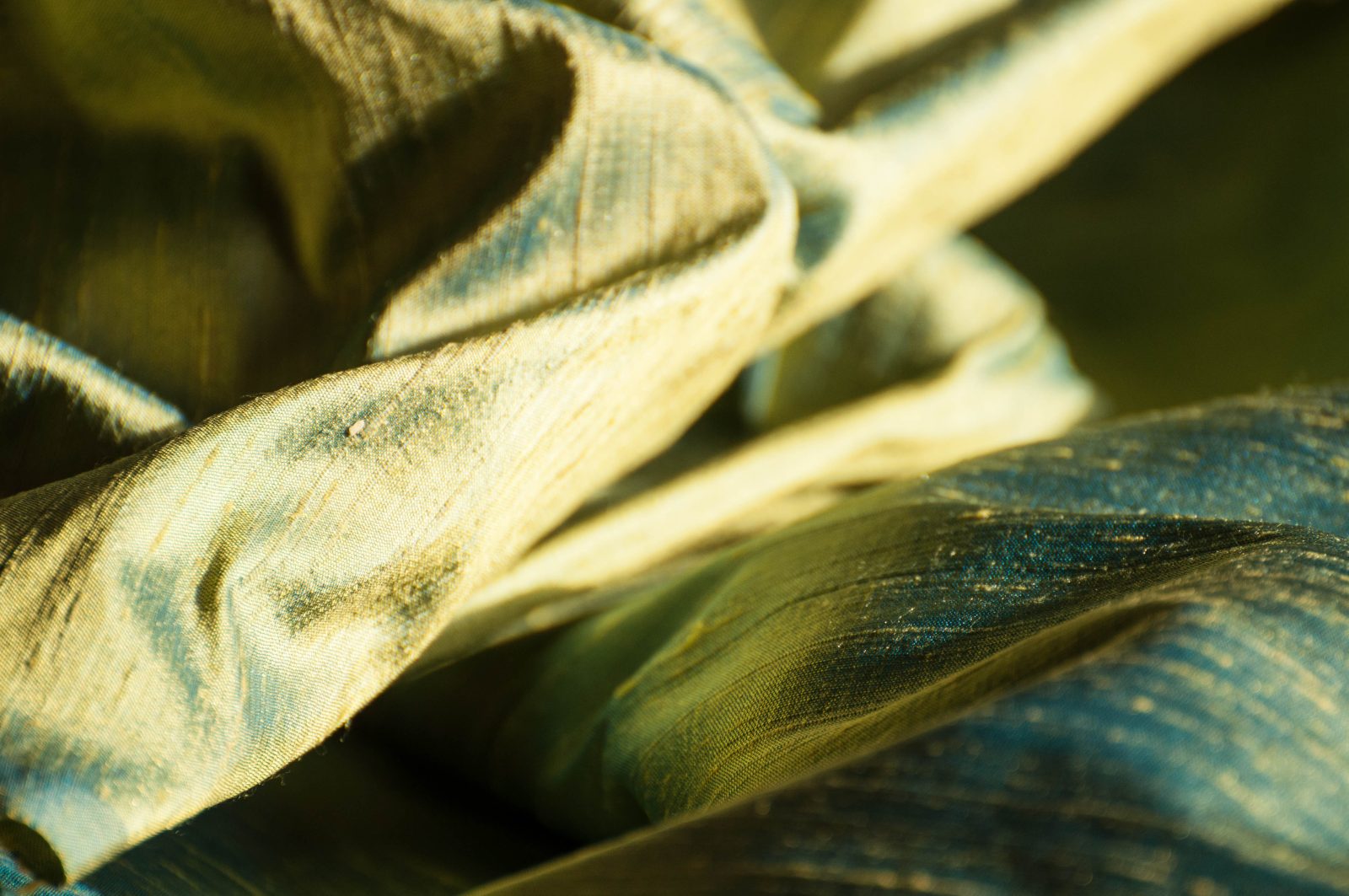
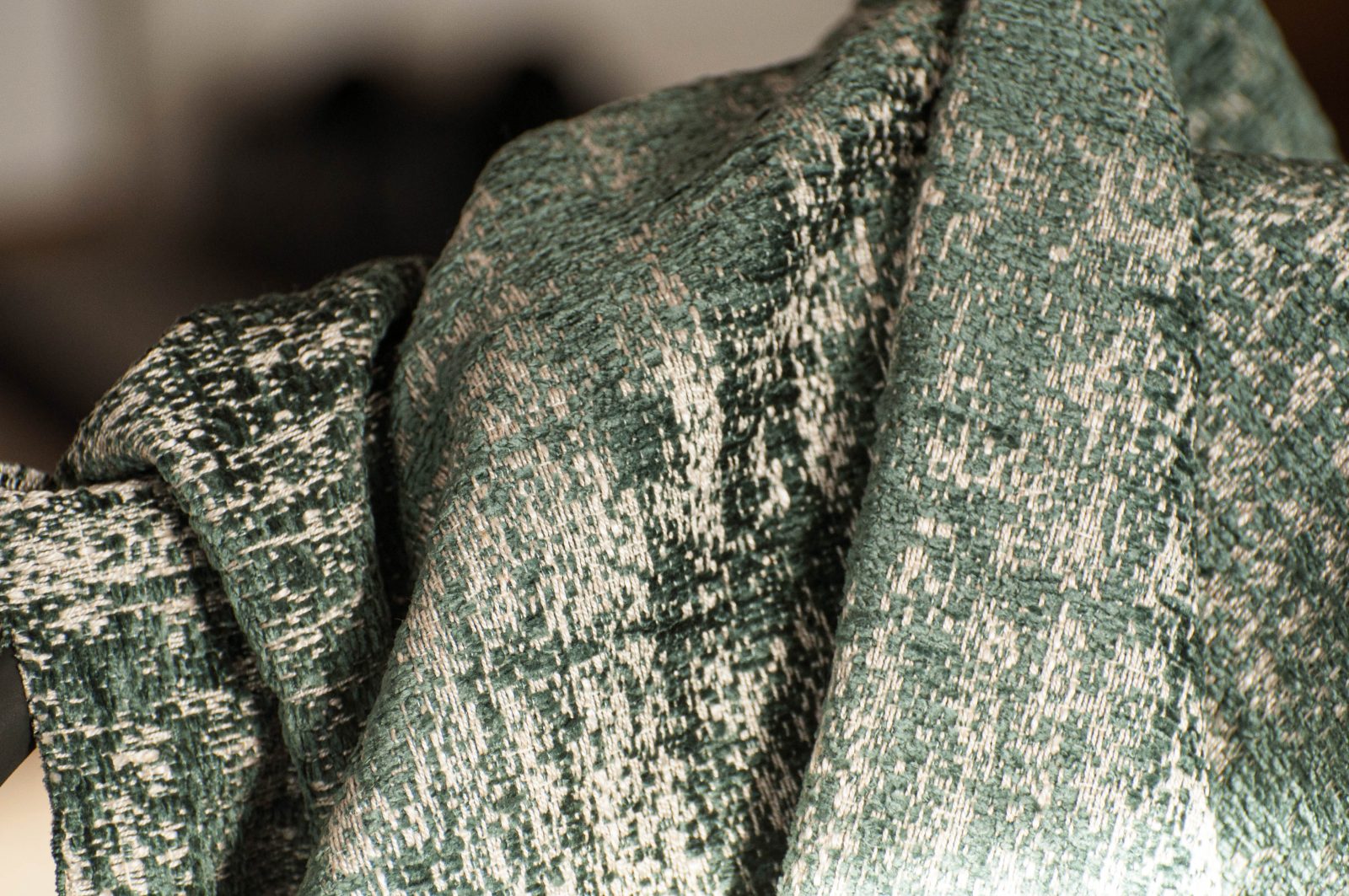
Photo-session for Dekoma.
Creative thought, text, photos and styling: MBBM Studio